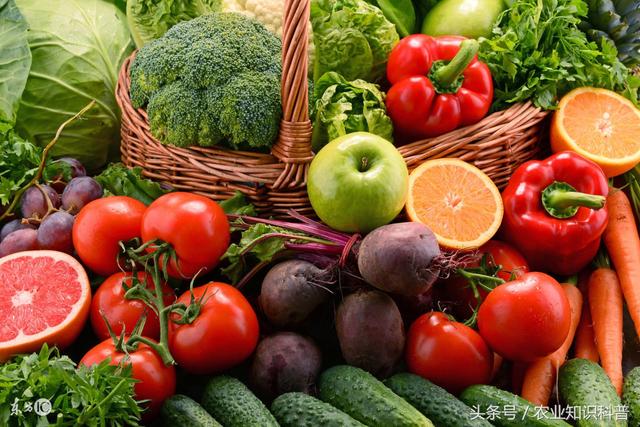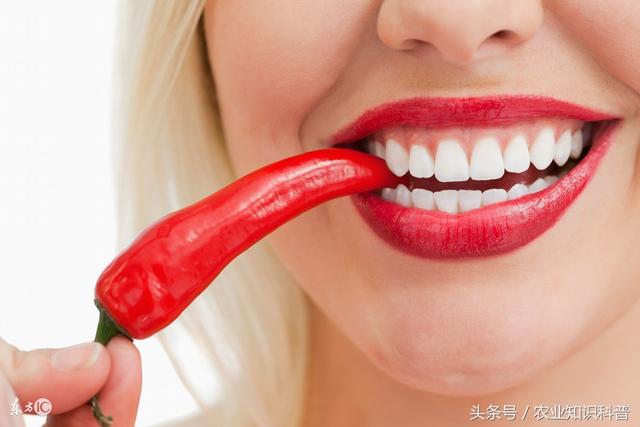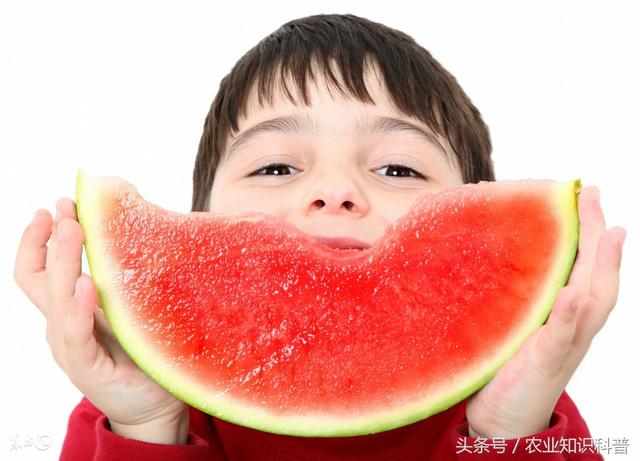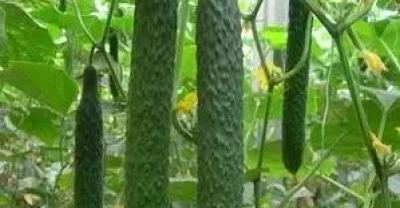Quick check table of suitable temperature for common melons, fruits and vegetables
Many vegetable farmers have been growing vegetables for many years, but they are still confused about the habits of vegetables, especially the temperature they adapt to. There are some farmers who grow one crop all the year round and habitually think that there is no difference in temperature when changing other crops, but it is not! The temperature requirements for the growth and development of different melons, fruits and vegetables are different. today, we briefly introduce the temperature requirements of several common melons, fruits and vegetables for farmers' reference.

Cucumber: temperature-loving crops, suitable temperature for seed germination is 27-29 degrees, suitable temperature for growth and development is 22-25 degrees day temperature, 15-18 degrees night temperature, 25-29 degrees day temperature and 18-22 degrees night temperature in flowering and fruiting stage.
Usually, a low night temperature of 13-15 degrees is beneficial to the differentiation of female flowers.
Tomatoes: warm fruits and vegetables, not resistant to high temperature and afraid of frost, suitable for growing in the monthly average temperature of 20-25 degrees. The optimum temperature is 28-30 degrees for germination, 24-28 degrees for day and 15-18 degrees for night during seedling stage, 20-30 degrees for flowering stage and 15-20 degrees for night temperature, and 25-30 degrees for daytime and 13-17 degrees for night during fruit expansion period.
Eggplant: like temperature, require higher temperature than tomato, and have strong heat tolerance. The suitable temperature for seed germination is 30 degrees, and the suitable temperature for growth and development is 20-30 degrees.
Chili: temperature-loving vegetables, the whole growth period temperature range of 12-35 degrees, below 12 degrees should be covered with film insulation, more than 35 degrees, timely ventilation and cooling (open air can be watered to cool).

Leek: cold-tolerant and adaptable vegetables, the leaves can withstand a short low temperature of 4-5 degrees, and the rhizome can tolerate a ground temperature of 5 centimeters at-15 degrees. The growth temperature of leek is 7-30 degrees, the suitable temperature for growth is 12-24 degrees, the temperature is more than 24 degrees, and the growth is slow.
Zucchini: relatively low temperature tolerant crops, the suitable temperature for growth is 18-25 degrees, 25 degrees during the day, 12-15 degrees at night is conducive to the growth of zucchini. Poor growth of zucchini below 14 degrees or above 40 degrees. The optimum temperatures for seed germination, flowering and fruit setting and fruit growth were 25-30 degrees, 22-25 degrees and 18-25 degrees respectively.
Celery: like cold vegetables, grow well at lower temperature, suitable temperature for growth is 15-20 degrees, suitable for leaf growth is 23 degrees day temperature, 18 degrees night temperature, 13-18 degrees ground temperature or 18 degrees day temperature, 13 degrees night temperature, 13-23 degrees ground temperature.
Watermelon: heat-tolerant crops, grow well under high temperature conditions, suitable temperature 25-30 degrees, suitable temperature range 10-40 degrees. The optimum temperature for germination, seedling stage, vine stage and fruiting stage were 28-30 degrees, 22-25 degrees, 25-28 degrees and 30-35 degrees respectively.

Melon: heat-resistant crops, not cold-resistant, can freeze to death in case of frost. The plant grows well under the conditions of air temperature 30 degrees, ground temperature 20 degrees, day temperature 25-30 degrees and night temperature 15-20 degrees. The optimum temperature for seed germination is 28-32 degrees, and the optimum temperature at flowering stage is 20 degrees. The temperature dropped to 13 degrees and the birth stopped.
Pumpkin: 18-32 degrees, not less than 15 degrees or higher than 35 degrees.
Balsam pear: balsam pear originated in the tropics, requires higher growth temperature, more heat-resistant and not cold-resistant. The optimum temperature for seed germination is 30-35 degrees, and the optimum temperature for flowering and fruiting is about 25 degrees. In the range of 15-25 degrees, the higher the temperature, the more conducive to the growth and development of balsam pear plants, early and more fruit, high yield and good quality.
Wax gourd: temperature-loving vegetables, strong heat tolerance, fear of cold, not resistant to frost, can only be arranged to grow in the frost-free period. The suitable temperature for growth and development is 25-30 degrees, 25-28 degrees for seedling stage, and 25-30 degrees for vine drawing and flowering and fruiting stage.

Bean: temperature-loving vegetables, not resistant to high temperature and frost, suitable temperature for seed germination 20-25 degrees, suitable temperature for seedling growth 15-25 degrees, suitable temperature for flower bud development 20-25 degrees.
Cowpea: like temperature and heat resistance, not resistant to low temperature, seed germination temperature 25-30 degrees, plant growth 20-25 degrees, flowering and pod temperature 25-28 degrees, cowpea sensitive to low temperature, growth hindered below 10 degrees.
Potato: like cold vegetables, adapt to the growth temperature of 10-23 degrees, the most suitable germination temperature is 22 degrees, the suitable temperature for growth during germination period is 12-18 degrees, the suitable temperature for tuber expansion is 15-18 degrees, and the highest temperature for tuber formation is 26-29 degrees. Tuber expansion requires a lower night temperature, 12-14 degrees is suitable. The suitable soil temperature for tuber expansion is 16-18 degrees.
Chinese cabbage: semi-cold-tolerant vegetables, suitable temperature for germination is 20-25 degrees, seedling stage is 22-25 degrees, rosette stage is 17-22 degrees, heading stage is 12-22 degrees.
Cabbage: a semi-cold-tolerant vegetable with a wide temperature range for growth and a suitable temperature of 15-20 degrees during the heading period.
Cauliflower: like warmth, avoid heat, and can not bear long-term low temperature. The plant grows well at 20-25 degrees. The high temperature above 25 degrees is easy to produce abnormal bouquets such as green flowers and hairy flowers.
Mustard: like mild climate conditions, the suitable temperature for growth is generally 12-22 degrees, the higher the temperature is, the faster the growth is, and the shorter the growth period is.
Spinach: cold-tolerant vegetables, the lowest temperature of seed germination is 4 degrees, according to the germination temperature of 15-20 degrees, about 4 days, and the germination rate is high; more than 20 degrees, the germination time is prolonged and the germination rate is reduced, 35 degrees germination rate is less than 20%. It grows slowly under the condition of high temperature, and the leaf grows fastest when the daily average temperature is 20-25 degrees.

Coriander: cold-resistant, suitable temperature for germination 20-25 degrees, suitable temperature for growth 17-20 degrees, easy bolting when more than 30 degrees, strong resistance to low temperature, ability to withstand 10 degrees low temperature.
Lettuce: semi-cold-tolerant vegetables, the suitable temperature for seed germination is 15-20 degrees, the seedlings have a strong ability to adapt to temperature, can tolerate 5-6 degrees, but the adaptive temperature is 12-20 degrees. In the stage of product organ formation, the optimum temperature for stem and leaf growth is 11-18 degrees.
Chrysanthemum chrysanthemum: semi-cold-tolerant vegetables, growing well under cold and humid conditions, neither cold nor heat-resistant, suitable temperature for growth is 18-20 degrees, poor growth above 29 degrees, slow growth below 12 degrees, can endure low temperature of about 0 degrees for a short time.
Radish: semi-cold-tolerant crops, seed germination temperature 20-25 degrees, stem and leaf growth temperature 15-20 degrees, fleshy root growth temperature 18-20 degrees, so the temperature of radish vegetative growth period from high to low is better.
The above content is only for your exchange and reference. I hope you can actively speak and comment, with a view to having better and more technical methods for the reference of the broad masses of farmers.
- Prev

Key points of Post-harvest Management of Sugar Citrus
Key points of Post-harvest Management of Sugar Citrus
- Next

How to prevent vegetables and fruits from withering and yellowing
How to prevent vegetables from withering and yellowing after drying the bought vegetables slightly, remove the withered and rotten leaves and put the fresh vegetables neatly on clean plastic.
Related
- Moge, come on! The staff of the peasant association in the producing area of cantaloupe were frightened when the crowd gathered.
- Causes and Solutions of low Fruit setting rate of Apple
- Symptoms and control measures of passion fruit virus disease
- Fruit growing lesson: how do apple orchards keep high yields?
- Can you build orchards in the mountains? What are the pros and cons?
- How to manage the coloring period of Crisson grape?
- This paper introduces the processing technology of two kinds of fig products.
- How much is a month for retired teachers in rural areas by 2020?
- How can strawberry planting increase sugar content? We should pay attention to management in many aspects.
- What are the cultivation techniques on how to improve the yield of golden fruit?

